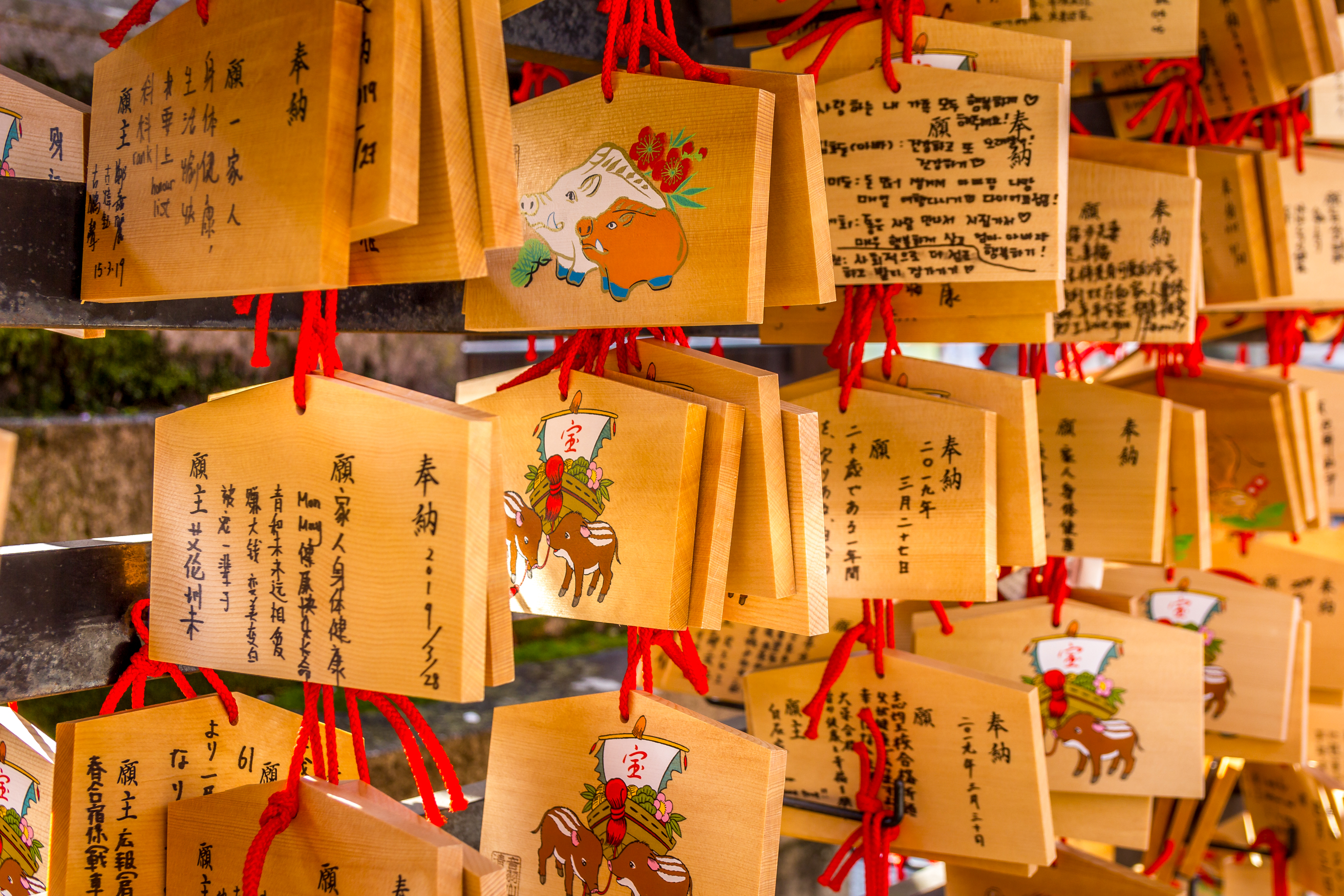

56 Must-See Places and Experiences in Japan
Introduction
Planning a trip to Japan and not sure where to start? Whether you’re into history, food, nature, or pop culture, this list of 56 must-see places and experiences is designed to help travellers make the most of their time.
We’ve grouped each entry by theme – from ancient temples and art museums, to hot springs and local street food. Everything included is relatively easy to get to, and offers something genuinely worthwhile.
Whether you fancy exploring Tokyo’s latest digital art installation, relaxing in a traditional onsen town, walking through giant torii gates, or trying a proper ramen, these suggestions give you a strong foundation to plan your holiday around.
Culture
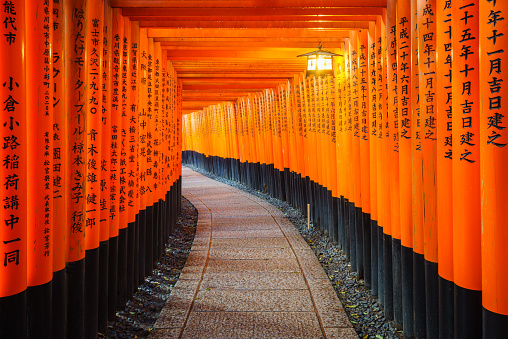
1. Fushimi Inari Taisha (Kansai) – Famous for its thousands of vermilion torii gates winding up Mount Inari. This Shinto shrine in Kyoto honours the fox deity Inari, protector of rice and business.
2, Kinkaku-ji (Kansai) – Also known as the Golden Pavilion, this Zen temple in Kyoto is covered in gold leaf and reflected in a mirror-like pond. Originally a shogun’s villa, it’s one of Japan’s most iconic and photogenic landmarks, especially stunning in snow or autumn foliage.
3. Tōdai-ji Temple (Nara, Kansai) – Home to the world’s largest bronze Buddha statue, and housed in one of the world’s largest wooden structures. The temple is surrounded by Nara Park’s roaming deer and represents the height of 8th-century Buddhist architecture.
4. Itsukushima Shrine (Miyajima, Chugoku) – Known for its floating red torii gate, which appears to rise from the sea at high tide. A UNESCO World Heritage site and a fine example of Shinto architecture set against a mountainous island backdrop.
5. Historic Kyoto Monuments (Kansai) – A collection of 17 UNESCO-listed sites including temples, palaces, and Zen gardens.
6. Nikkō Shrines & Temples (Kanto) – Ornate carvings and bright colours in a cedar forest. Visit the resting place of Tokugawa Ieyasu.
7. Himeji Castle (Kansai) – Japan’s finest original castle, nicknamed the White Heron for its elegant silhouette.
8. Mount Kōya Temple Stay (Kansai) – Spend a night in a shukubō (temple lodging) at this sacred centre of Shingon Buddhism. Join morning prayers, try shōjin ryōri (vegetarian monk cuisine), and stroll through the Okunoin Cemetery lit by thousands of lanterns.
9. Ryokan Stay with Onsen (Nationwide) – Sleep on futons, enjoy multi-course kaiseki dinners, and unwind in natural hot spring baths. From simple countryside inns to luxurious heritage ryokan, it’s the quintessential Japanese hospitality experience.
10. Traditional Tea Ceremony (Kyoto, Kansai / Kanazawa, Chubu) – Experience the mindful ritual of preparing and serving matcha tea, guided by a tea master in a tatami-matted room. A window into Japanese aesthetics, hospitality, and seasonal awareness.
11. Kimono Experience in Gion (Kyoto, Kansai) – Rent a kimono and stroll Kyoto’s historic geisha district, where lantern-lit alleyways and traditional teahouses create a timeless atmosphere. Many shops offer professional dressing services and photo sessions.
12. Kabuki or Noh Theatre (Tokyo, Kanto / Kyoto, Kansai) – Traditional performing arts that blend music, dance and drama. Kabuki features dramatic makeup and sets, while Noh is subtle and stylised.
13. Shirakawa-go (Chubu) – A snow-covered village with thatched-roof homes built in a steep ‘praying hands’ style to shed snow.
14. Hōryū-ji Monuments (Kansai) – Among the world’s oldest wooden structures, these temples offer a glimpse into early Japanese Buddhism.
15. Tsuruga Castle (Aizu-Wakamatsu, Tohoku) – A reconstructed feudal castle with red-tile roofs and a samurai museum inside. Once a centre of resistance during the Boshin War, it offers panoramic views and insights into Japan’s warrior heritage.
Adventure & Nature

1. Mount Fuji (Chubu) – Japan’s tallest and most iconic peak, standing at 3,776m. Climb it during the summer season or admire its snow-capped form from nearby Lake Kawaguchi, a favourite photography spot.
2. Jigokudani (Chubu) – Visit in winter to see the snow monkeys soaking in natural hot springs, framed by snow and forest. An easy walk brings you right to the monkey baths.
3. Kamikochi (Chubu) – A pristine alpine valley in the Northern Alps with crystal-clear rivers, suspension bridges, and trails suitable for all levels. Stunning in autumn when the leaves turn gold.
4. Nakasendo Trail (Chubu) – Walk part of the historic postal route between Edo and Kyoto. The best-preserved section links Magome and Tsumago with cobbled paths and samurai-era inns.
5. Ōwakudani (Kanto) – A dramatic volcanic valley in Hakone with sulphur vents, hot springs, and famous black eggs boiled in geothermal water. Cable car access provides sweeping views.
6. Mount Aso (Kyushu) – A massive volcanic caldera with grassy plains and dramatic crater viewpoints. Still active, it’s a rare chance to see a living volcano up close.
7. Takachiho Gorge (Kyushu) – Canoe through this deep gorge below towering basalt cliffs and waterfalls. A spiritual site where Japanese mythology places the descent of the gods.
8. Daisetsuzan National Park (Hokkaido) – Japan’s largest national park, with volcanic terrain, alpine flora, and steaming hot springs. Ideal for multi-day hikes and nature immersion.
9. Yakushima (Kyushu) – A subtropical island with ancient cedar forests, home to the 7,000-year-old Jōmon Sugi tree. Hike misty trails and spot monkeys and deer in this UNESCO-listed ecosystem.
10. Iya Valley (Shikoku) – One of Japan’s most remote valleys, with vine bridges suspended over deep gorges. A place to disconnect and experience traditional mountain life.
11. Furano & Biei (Hokkaido) – Famed for summer lavender and rainbow flower fields. Rolling hills and art installations make this a photogenic countryside escape.
12. Otaru Canal (Hokkaido) – A romantic canal lined with old warehouses now converted into restaurants, shops, and glass studios. Visit at dusk when the gas lamps glow.
13. Mount Misen (Chugoku) – Climb or take a ropeway to the summit of Miyajima’s sacred mountain. Home to wild deer, temple ruins, and panoramic views over the Seto Inland Sea.
14. Hakuba, Nozawa & Shiga Kogen (Chubu) – Top ski resorts offering reliable powder snow, onsens, and traditional village charm. Great for beginners and experts alike.
15. Mount Takao (Kanto) – Less than an hour from Tokyo, this forested mountain blends nature with spirituality. Visit Yakuo-in Temple and enjoy sweeping city views.
16. Kumano Kodo (Kansai) – Sacred pilgrimage routes through the Kii Mountains, linking dramatic shrines and passing villages that welcome walkers with hot spring inns.
Art & Architecture
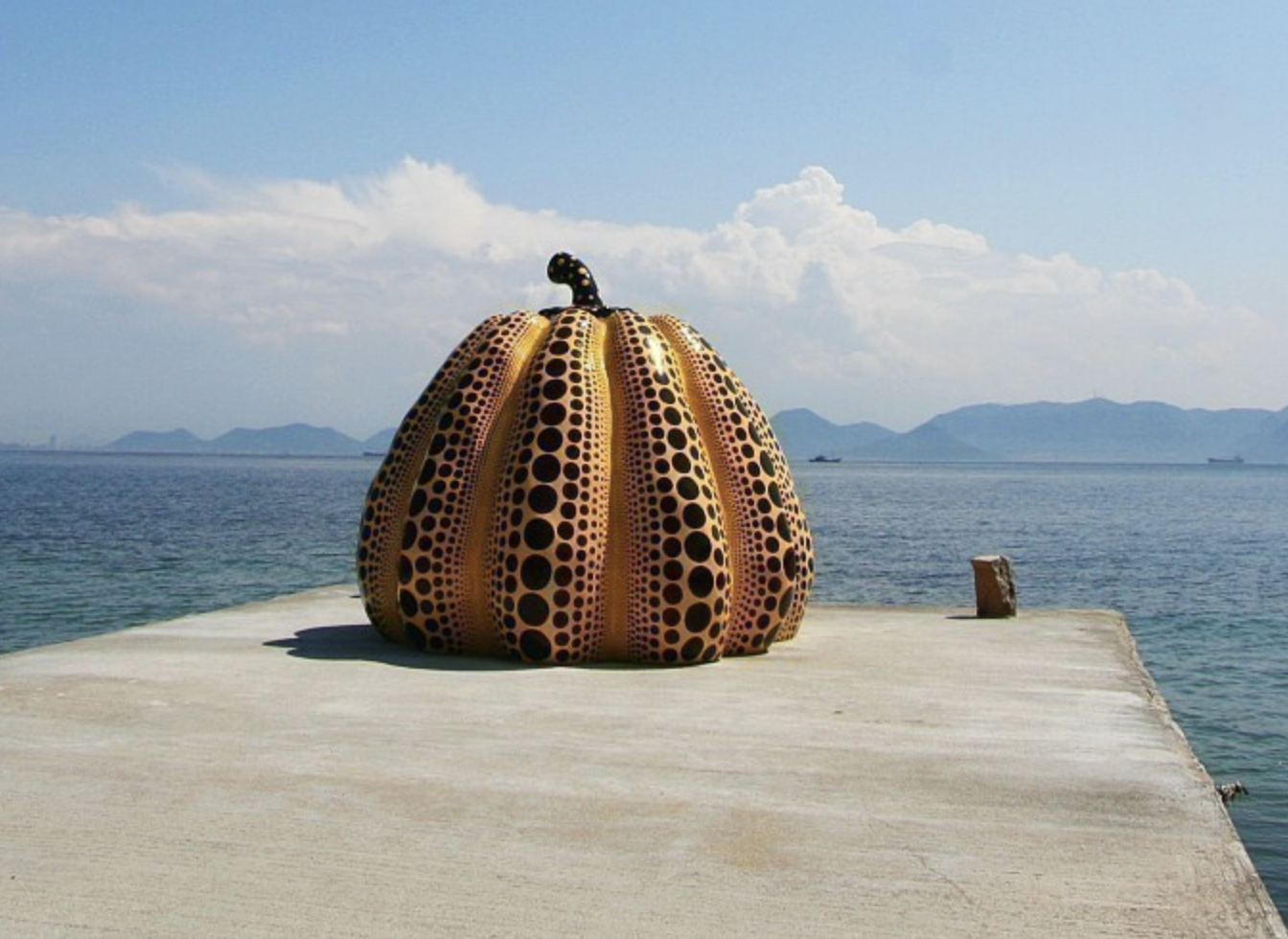
1. teamLab Borderless (Tokyo, Kanto) – A museum without maps, where light and movement create endless illusions. Now open in its new Azabudai Hills location, this iconic Tokyo experience blends art and tech like nowhere else in the world.
2. teamLab Planets (Tokyo, Kanto) – Walk barefoot through immersive, digital dreamscapes with floating flowers, mirrored water rooms, and glowing light fields. Art becomes interactive and sensory in this ultra-modern Tokyo experience.
3. teamLab Biovortex (Kyoto, Kansai) – Step into ever-changing digital spaces where light, water, and movement respond to you. Walk through glowing rooms, shifting sculptures, and trails that follow your footsteps. Opens October 2025, this new Kyoto installation offers a fresh take on interactive art.
4. Naoshima Island (Chugoku) – An art island in the Seto Inland Sea with works by Yayoi Kusama and world-class museums like Chichu and Benesse House, integrated with the landscape.
5. Hakone Open-Air Museum (Kanto) – World-class sculpture trails, a Picasso Pavilion, and outdoor footbaths make this an accessible, engaging museum nestled in Hakone’s hills.
6. Kyoto National Museum (Kansai) – A major repository of Japanese heritage with regularly changing exhibitions of ancient scrolls, ceramics, Buddhist statues, and calligraphy. The museum offers deep insight into Japan’s artistic and spiritual evolution.
7. 21st Century Museum of Contemporary Art (Kanazawa, Chubu) – This circular museum is known for its thought-provoking installations, family-friendly layout, and the illusionary ‘swimming pool’ artwork.
8. Teshima Island (Chugoku) – Sister island to Naoshima with the ethereal Teshima Art Museum, where water droplets ripple across the minimalist concrete floor. One of Japan’s most immersive artistic experiences.
9. Adachi Museum of Art (Chugoku) – Famous for its exquisitely landscaped gardens, which are framed like paintings through the museum’s windows. The museum also houses one of the best collections of Nihonga (modern Japanese painting) and is consistently ranked among Japan’s top garden destinations.
10. Ohara Museum of Art (Chugoku) – Found in the Edo-era merchant town of Kurashiki, this museum holds works by El Greco, Monet, Gauguin, and Matisse. It also features Japanese and Asian art, bridging East and West within historic surroundings.
Food & Drink
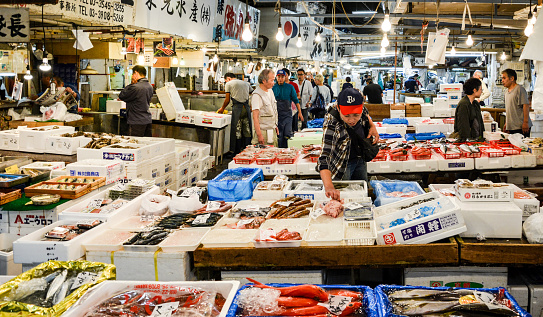
1. Osaka Street Food Crawl (Kansai) – Explore the flavours of Dotonbori and Shinsekai, where sizzling takoyaki (octopus balls), okonomiyaki (savory pancakes), and kushikatsu (deep-fried skewers) tempt visitors late into the night.
2. Tsukiji Outer Market (Tokyo, Kanto) – While the inner wholesale market has moved, Tsukiji’s outer alleys remain vibrant with vendors selling grilled scallops, tamagoyaki, fresh sashimi, and tea. Great for grazing and soaking up food culture.
3. Depachika Food Halls (Nationwide) – Found in the basements of Japanese department stores, these gourmet wonderlands offer everything from wagyu bento and fresh sushi to sweets, pickles and regional delicacies. Ideal for gifts or an indulgent picnic.
4. Fukuoka Ramen Yatai (Kyushu) – Experience open-air ramen stalls along the riverside, serving rich tonkotsu pork-broth ramen with a side of lively local banter.
5. Kaiseki Dinner in Kyoto (Kansai) – A refined multi-course meal celebrating seasonal ingredients and presentation. Served in traditional ryokan or speciality restaurants, kaiseki is a culinary art form rooted in tea ceremony culture.
6. Sake Tasting in Kyoto (Kansai) – Visit family-run breweries to sample Japan’s iconic rice wine. Kyoto’s Fushimi district is home to some of the country’s oldest producers.
Festivals & Seasonal Highlights

1. Cherry Blossom Viewing (Various Locations) – Celebrate spring with hanami picnics under pink cherry blossoms in Tokyo’s Ueno Park, Kyoto’s Maruyama Park, or Kanazawa’s Kenroku-en. Join locals enjoying food, drink, and fleeting beauty in a centuries-old tradition.
2. Sanja Matsuri (Tokyo, Kanto) – Asakusa’s most raucous festival takes place each May, with portable shrines (mikoshi) carried by chanting crowds, taiko drummers, and festive street food. A joyous glimpse into old Edo spirit in modern Tokyo.
3. Sapporo Snow Festival (Hokkaido) – Held each February, this iconic festival features towering ice sculptures, snow mazes, and illuminations. Bundle up and stroll Odori Park, Susukino, and Tsudome sites with a steaming cup of amazake.
4. Autumn Leaves (Nationwide) – In late October to November, temple gardens in Nikko and Kyoto glow with maple reds and golden ginkgo leaves. A peaceful time for beautiful walks.
5. Awa Odori Festival (Tokushima, Shikoku) – Every August, the streets of Tokushima burst into energy with traditional dance lines chanting “Odoru ahou ni miru ahou” (We’re fools whether we dance or watch). Join the rhythm or enjoy from the sidelines.
Pop Culture & Modern Japan

1. Akihabara (Tokyo, Kanto) – Tokyo’s electric town is a paradise for anime, manga, gaming, and gadgets. Dive into multi-storey arcades, shop rare collectibles.
2. Ghibli Museum (Tokyo, Kanto) – Created by Studio Ghibli’s Hayao Miyazaki, this whimsical museum offers original artwork, short films, and recreations of beloved worlds. Tickets must be booked in advance – perfect for fans of Spirited Away and Totoro.
3. Harajuku & Takeshita Street (Tokyo, Kanto) – This buzzing fashion hub is home to teen trends, crepe stands, and quirky boutiques.
4. Maid Café or Theme Restaurants (Tokyo, Kanto) – Step into a surreal world where fantasy meets food. Be served by maids, ninjas, robots, or vampires in immersive dining settings that blend pop culture with pure theatre.
Island Escapes & Onsen Towns

1. Okinawa Beaches (Okinawa) – Relax on coral-fringed shores with turquoise water, friendly island culture, and subtropical cuisine. Ideal for snorkelling, diving, or unwinding after a mainland tour. Okinawa feels like a different country – and that’s part of the charm.
2. Enoshima Day Trip (Kanto) – Linked to the mainland by a bridge near Kamakura, this small island mixes shrines, sea caves, street food, and sweeping ocean views. On clear days, you’ll spot Mount Fuji from the island’s lighthouse or seaside paths.
3. Shuzenji (Izu Peninsula, Chubu) – A tranquil hot spring town with bamboo groves, historic temples, and traditional ryokan inns. The central riverwalk, public footbaths, and local sweets make it a perfect escape from city bustle without going far from Tokyo.
4. Niijima Island (Tokyo Islands) – Just a few hours by ferry from Tokyo, Niijima is known for surf beaches, volcanic rock formations, and seaside onsen carved into cliffs. The island also has a thriving glass-blowing scene and a laid-back vibe.
Conclusion
Whether you’re heading to Japan for ten days or three weeks, this list of 55 places and experiences gives you a clear starting point. It’s a mix of crowd favourites and lesser-known highlights – all chosen because they’re genuinely worth your time.
You don’t need to tick off everything in one go. Instead, use this list to prioritise what matters most to you – whether that’s food, culture, the outdoors, or something a bit different.
Need help turning this into a proper holiday plan? Contact us
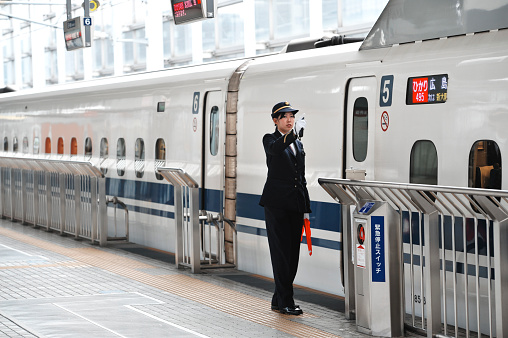
20
Oct
Accessibility in Japan
Japan often surprises visitors with how efficiently it handles accessibility. Streets are orderly, public transport is designed with care, and people are quick to help. Japan as clean, easier and more predictable than travellers expect. That said, older districts and rural areas can still be awkward. Avance planning makes a real difference.

17
Sep
Funny (but true) facts about Japan that will surprise you (Part 2)
Think Japan can’t surprise you anymore? Think again. Here are more funny, odd or utterly delightful things we’ve seen